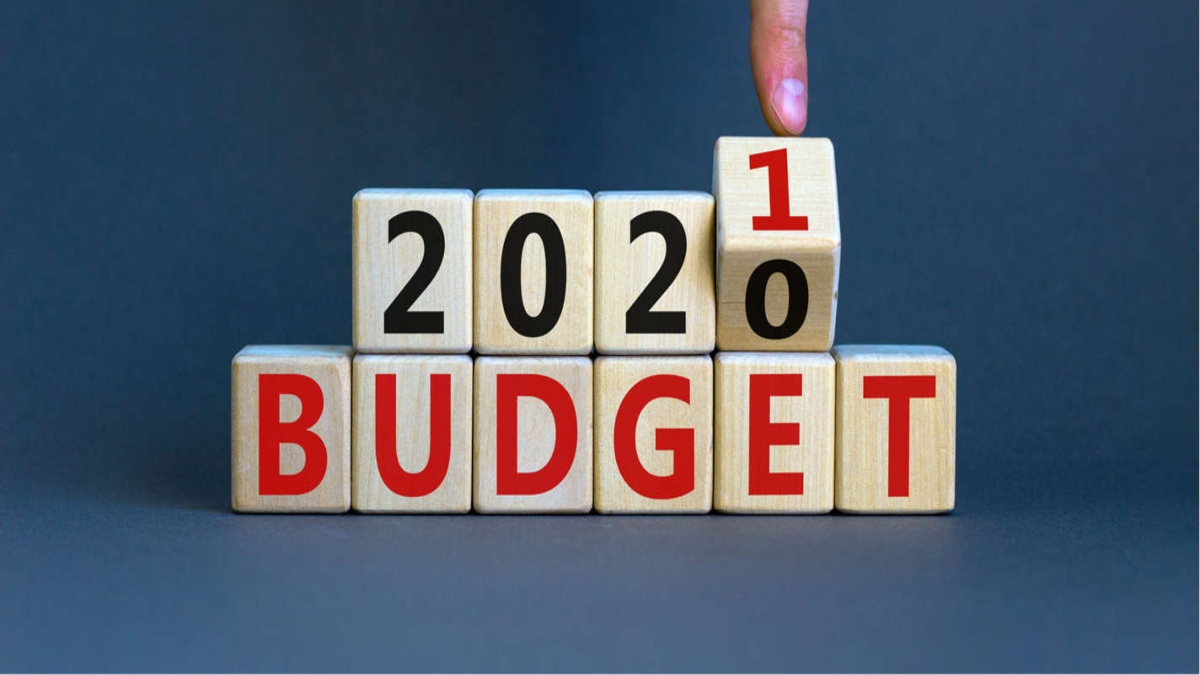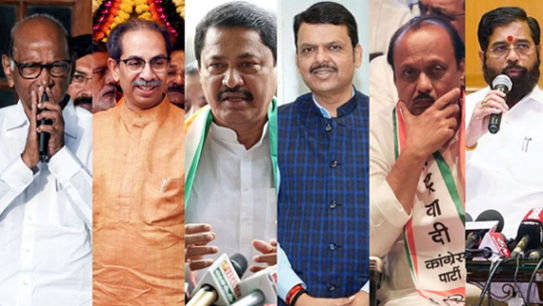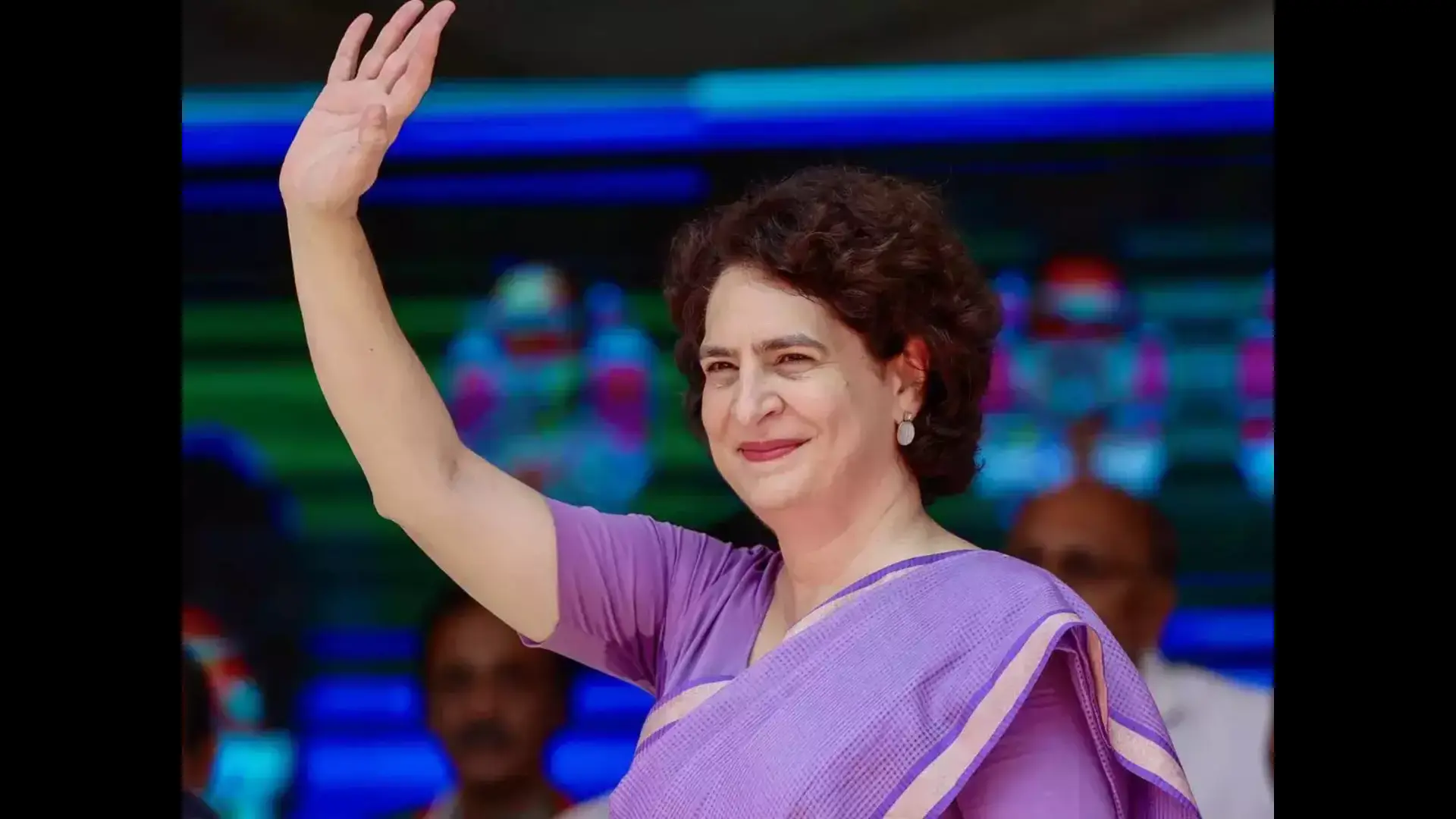
In her third Union Budget, Union Finance Minister Nirmala Sitharaman pushed for a massive spending spree on infrastructure creation, healthcare, and demand generation to revive India’s pandemic-battered economy.
In the speech that lasted for around 1 hour and 45 minutes, Sitharaman doled out enormous amounts for infrastructure, healthcare, education as well as the agriculture sector. Two of the biggest winners in the Budget, however, were healthcare and infrastructure as both got one of the biggest allocations in percentage terms.
The allocation for the defence sector was also comparatively higher in the wake of the India-China standoff at the Line of Actual Control in eastern Ladakh. A host of announcements were also made on the government’s disinvestment strategy for the upcoming fiscal year starting 1 April 2021. It is also worth mentioning that no major tax changes were announced in the Budget.
For healthcare, a new Centrally-sponsored scheme, PM Aatmanirbhar Swasth Bharat Yojana, will be launched with an outlay of about Rs 64,180 crores over 6 years. According to Sitharaman, this will be used to develop capacities of primary, secondary, and tertiary care health systems, strengthen existing national institutions, and create new institutions, to cater to detection and cure of new and emerging diseases. This will be in addition to the National Health Mission. The total healthcare allocation in budget 2021 is Rs 2.23 lakh crore, which is a 135 per cent hike over the previous budget.
Infrastructure was expected to get a massive fillip in Budget 2021, and the Finance Minister announced a slew of measures, including setting up of a Development Finance Institution (DFI), allowing large-scale asset monetisation, and allocating the highest-ever capital expenditure of Rs 1.08 lakh crore for building highways. The total allocation for the highways sector is Rs 1.18 lakh crore, up 28 per cent from Rs 91,823 crore in 2020-21.
Road projects in four poll-bound states of Assam, Kerala, Tamil Nadu and West Bengal have been allocated Rs 1.93 lakh crore separately under the Bharatmala project. The infrastructure sector has been pushed by the growing realisation that India’s post-pandemic economic recovery will be led by spending on India’s infrastructure sector.
Stressing on the need to focus on local manufacturing for India’s $5 trillion economy dream, Sitharaman said that the government had already announced a production-linked incentive scheme (PLI) for 13 sectors. “For this, the government has committed nearly Rs 1.97 lakh crore, over 5 years starting FY 2021-22. This initiative will help bring scale and size in key sectors, create and nurture global champions and provide jobs to our youth,” said Sitharaman.
The Budget 2021 also focused on the National Infrastructure Pipeline (NIP), which was announced last year. Since it will require a major increase in funding both from the government and the financial sector, the finance minister has proposed to take three concrete steps to boost the NIP. Firstly, through institutional structures; secondly, by a big thrust on monetizing assets, and thirdly by enhancing the share of capital expenditure in central and state budgets.
Also, the minister proposed to institute a ‘Land Bank’ monetisation company along with an asset management and reconstruction company or a ‘Bad Bank’ and a Development Financial Institution (DFI) which will fund infra projects.
Besides, she proposed to relax certain conditions which prohibited private funding, restriction on commercial activities, and direct investment in infrastructure to attract foreign sovereign wealth and pension funds to invest in domestic infra projects.
She laid out a new import structure along with proposals for a conducive environment to usher in investments into Fintech, insurance and start-ups. Further, Sitharaman proposed to give relief to those Non-Resident Indians who have returned to India but face hardship of double taxation.
The minister set aside Rs 20,000 crore for public sector bank re-capitalisation and gave a push to digital payments and research in Artificial Intelligence.
She also announced a vehicle scrappage policy, hydrogen energy mission and rationalisation of customs duty structure by eliminating outdated exemptions.
On the personal tax front, exemption was proposed from filing income tax returns for senior citizens with age of 75 year and above, and who only have pension and interest income.
In terms of shoring up the Centre’s revenues, Sitharaman proposed an asset monetisation pipeline. She set a massive divestment target of Rs 1.75 lakh crore. In FY22, the Centre plans to divest two public sector banks, as well as a state-owned general insurance company.
Even the IPO route will be considered for LIC to augment falling revenues. Sale of certain projects such as city gas pipelines, roads and ports are expected to give some relief to the Centre. But here as well, the fine print suggests hiving off these assets after their completion.
An Agriculture Infrastructure and Development Cess on excise and customs duties will kick-in to augment the Centre’s coffers. Consequently, the fiscal deficit for next year is set at 6.8 per cent from 9.5 per cent for FY21, out of which the Centre plans to borrow Rs 80,000 crore by the end of the current fiscal.
Sitharaman proposed to amend the FRBM Act to institute more elasticity and return to a fiscal deficit level below 4.5 per cent of GDP by 2025-2026. The FRBM Act mandates a fiscal deficit of 3 per cent of GDP that needs to be achieved by March 31, 2020-2021.
The allocation for defence was also higher by over 7 per cent in Union Budget 2021-22 as India has been locked in a prolonged conflict with China in eastern Ladakh. Sitharaman allocated Rs 3.62 lakh crore, excluding pensions, for defence expenditure—up by 7.4 per cent from last year. The total outlay for the Defence Ministry in Budget 2021 is pegged at Rs 4,78,195.62 crore, with pension liabilities down by Rs 18,000 crore from the present fiscal.
The outlay for weapons and modernisation has been increased from Rs 1,13,734 lakh crore last year to Rs 1,35,060 crore for 2021-22 — a rise of 18 per cent. The increased budget for modernisation will help the armed forces equip themselves with new weapon systems and spares.















